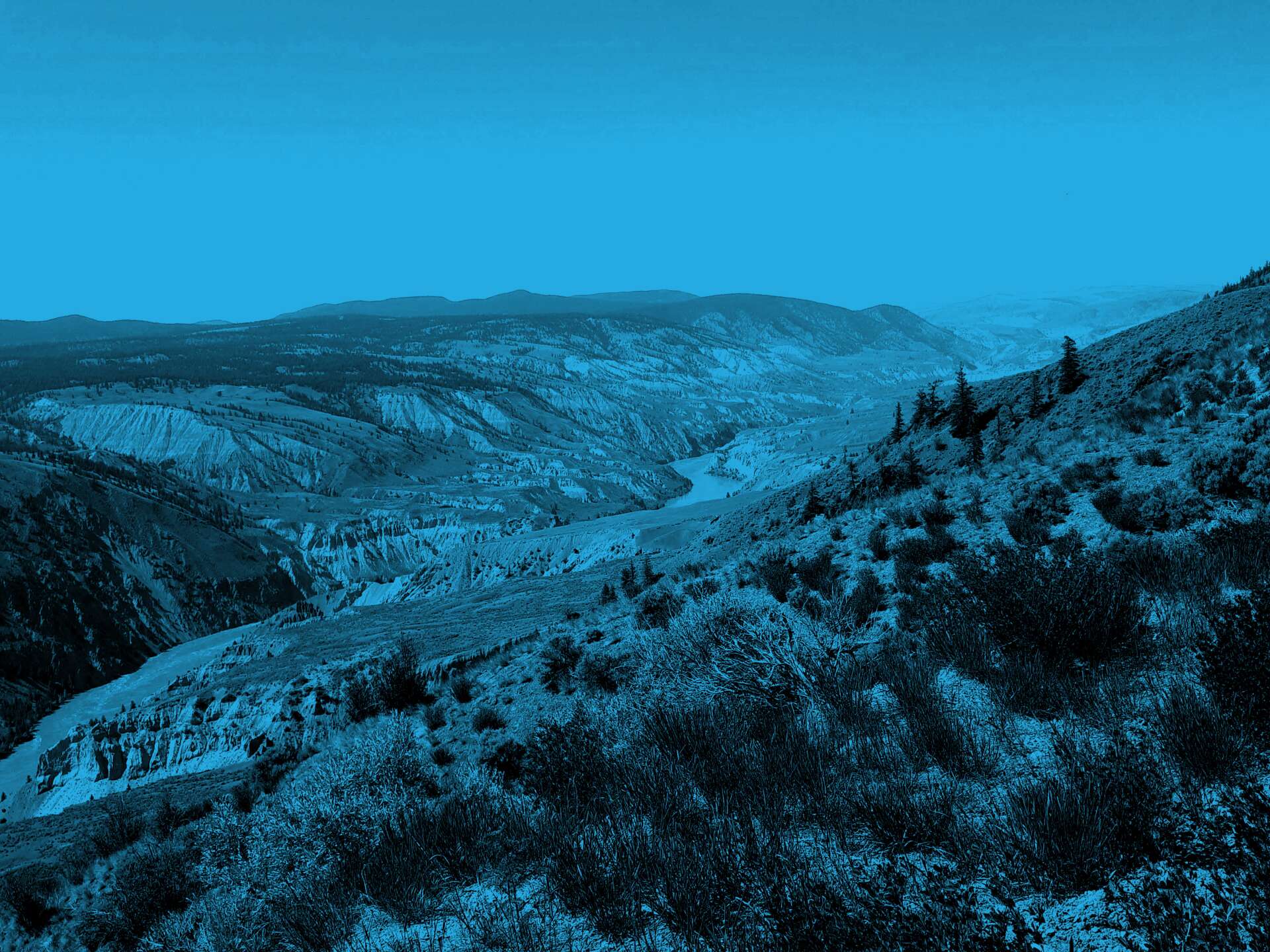Yesterday’s collapse of the National Energy Board’s Energy East pipeline review was long overdue.
From most Indigenous Peoples’ perspective, the NEB pipeline review process (including Enbridge, Kinder Morgan and Energy East) has always represented the worst of all worlds: a fundamentally flawed process leading to a foregone conclusion.
Now is the time for a fresh start. Tweaking the NEB review process is not acceptable.
The reason behind the Energy East NEB panel’s resignation underscores the NEB’s inability to play a central role in fulfilling the Crown’s constitutional obligations to Indigenous Peoples.
The NEB’s Energy East panel was brought down because it engaged directly with company representatives outside of the public process. This created an apprehension of bias and a lack of impartiality.
But direct engagement between government representatives and Indigenous People is precisely what is required to fulfil the duty to consult and accommodate.
Making formal, court-like presentations and tendering evidence in public to a panel of silent suits is not consultation.
Consultation is iterative. It requires a dialogue. A process that denies these elements is beyond flawed—it is invidious. It creates resentment, distrust and frustration. It undermines and mocks the honour of the Crown.
The federal government must stop hiding behind the NEB and directly engage with Indigenous Peoples.
Bruce McIvor, lawyer and historian, is principal of First Peoples Law Corporation. He is also an Adjunct Professor at the University of British Columbia’s Allard School of Law where he teaches the constitutional law of Aboriginal and Treaty rights. Bruce is a proud Métis from the Red River in Manitoba. He holds a Ph.D. in Aboriginal and environmental history and is a Fulbright Scholar. A member of the bar in British Columbia and Ontario, Bruce is recognized nationally and internationally as a leading practitioner of Aboriginal law in Canada.
Follow Bruce on LinkedIn and Twitter
For more First Peoples Law analysis, visit our blog
Sign up for our Aboriginal Law Report
